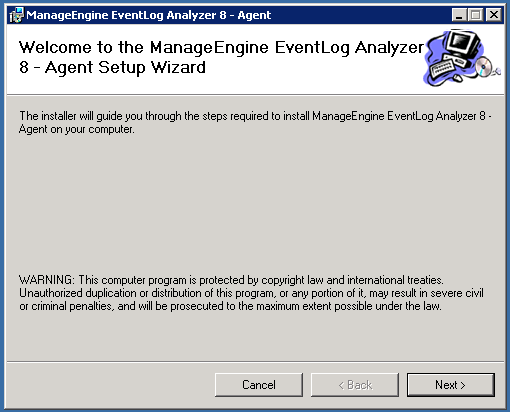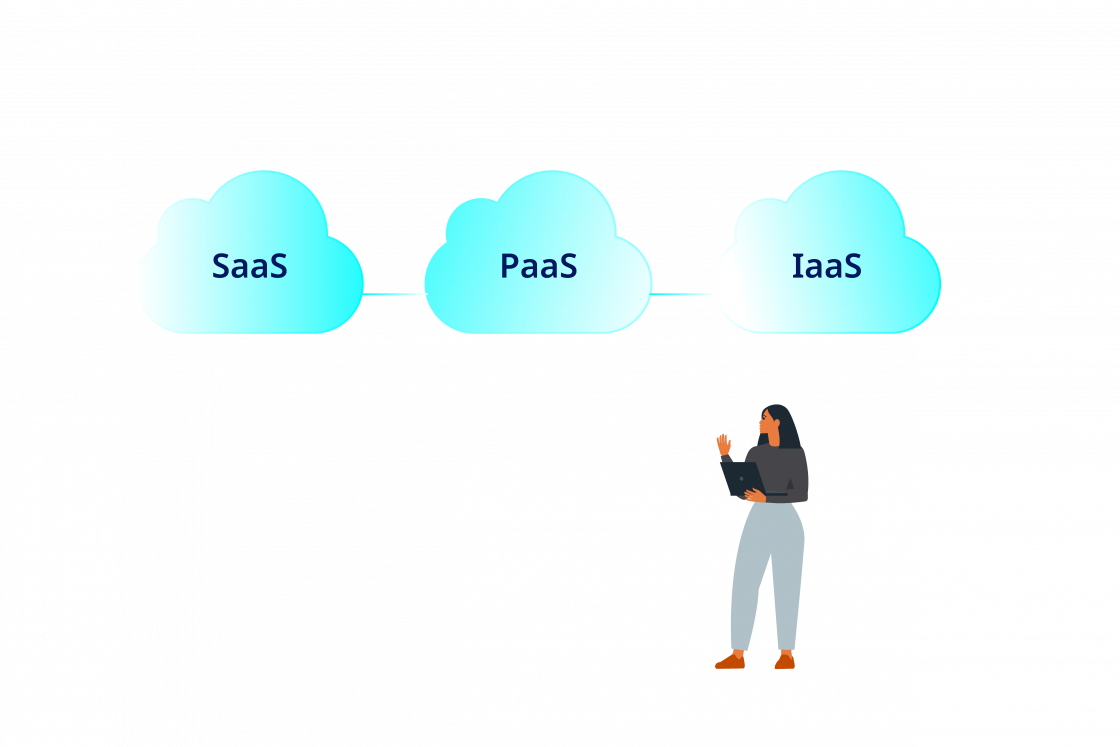
There are several ways you can backup a website. There are three types of backup: Manually (offline), CodeGuard, and CodeGuard. Regardless of the method you choose, you should always have a backup of your website somewhere safe and separate from your container. This will allow you to rebuild your website exactly as it was before you made the backup.
Manually
For a small number websites, manual backup can be useful. However, if you have thousands or hundreds of websites it can become tedious. A website is not just a collection of files, but also a database of texts and settings that you need to keep backed up. Website backups can slow down website performance and result in files being lost. You should avoid this by using an external service to backup your website.
It is important to back up your website frequently when backing it all up. This will protect your site from unforeseen errors or failures, such as a server crash. Your website will be unavailable for a time and you may lose customers trust. It can be very costly to build a website again from scratch. Customers will not trust you as much.

Offline
If you need to backup a website you can simply download it all and keep it offline. This will be a backup that can be used in case of server failure or hacking. This will also allow you to keep an offline copy of your website in case the online version is accidentally deleted, or your web host goes out-of-business.
There are many options. One common method to back up a website is to copy its database into a file. This could include your theme/layout. A more robust backup solution can be purchased for an extra charge. It all depends on what type of website you have and how often it is to be backed up.
Alternatively, you can use an FTP client to download your site offline. You will need a web browser with FTP support and access to your hosting account to do this. The username and password of your hosting account will be required. Alternatively, you could use a website cloning program to extract all files from your website. Once they are downloaded, arrange them in the correct order to create a mirror.
CodeGuard
CodeGuard can automatically backup your website, and any other data, even if it hasn't changed. It watches your website for any changes and creates backups as soon it detects them. You can also delete or restore your website and database. The dashboard allows for you to track the progress of your backups and make adjustments if necessary.

First, connect to your website using your FTP details. CodeGuard will then display a list all files on your server including WordPress files. The next step is possible once you have chosen the data to be restored. After the backup process has completed, you will see a new screen that informs you that the backup was successful.
CodeGuard provides an automated website backup that stores your backup data on a cloud-based platform. It has a one click restore feature, and it uses a strong 256-bit AES encryption keys to protect your backup data. It monitors your website constantly to detect and alert you to any potential changes.
FAQ
How do you design a website?
The first step is to understand what you want your site to do for your customers. What are your customers looking for?
What kind of problems can they have if they cannot find what they want on your site?
This knowledge will help you to identify the problems and then solve them. Also, you need to ensure that your website looks professional. It should be easy to use and navigate.
Your website should be well-designed. It should not take too much time to load. If it takes too much time, people will not stay as long as they want. They'll leave and go elsewhere.
It is essential to determine where all your products reside before you start building an eCommerce website. Are they all in one location? Or are they scattered around your site?
It's important to decide if you want to sell just one product or multiple products. Are you interested in selling one type of product? Or multiple types?
These questions will help you decide if you want to build your website.
Now it is time for you to concentrate on the technical aspect of things. How will your website work? Will it be fast enough? Is it possible to access the information quickly using a computer?
Are people able to purchase something without paying extra? Is it necessary for them to register before they are able to purchase anything?
These are essential questions that you need to ask yourself. You'll be able to move forward once you have the answers to these important questions.
What is a responsive design web design?
Responsive Web Design, also known as RWD, is a way of designing websites so that content displays on all devices. This includes desktop computers, tablets (tablets), smartphones, etc. This allows visitors to view the website on one device and access other features like buttons, navigation menus, etc. RWD is designed to ensure that a user can view a site on any size screen.
A website that sells primarily through eCommerce would be an example of this. You want your customers to be able to purchase products from your store, even if they are viewing it on a phone.
Responsive websites will adjust their layout according to the device that is being used. It will appear the same as a regular desktop website if you view it on your laptop. The page will look completely different if it's viewed on your smartphone.
This means that you can create one website that looks great across all devices.
How much do web developers make?
When working on a website for yourself, you'll probably earn around $60-$80 per hour. However, if you wish to charge more, you can become an independent contractor. The hourly rate could be anywhere from $150 to $200
Statistics
- Is your web design optimized for mobile? Over 50% of internet users browse websites using a mobile device. (wix.com)
- When choosing your website color scheme, a general rule is to limit yourself to three shades: one primary color (60% of the mix), one secondary color (30%), and one accent color (10%). (wix.com)
- At this point, it's important to note that just because a web trend is current, it doesn't mean it's necessarily right for you.48% of people cite design as the most important factor of a website, (websitebuilderexpert.com)
- In fact, according to Color Matters, a signature color can boost brand recognition by 80%. There's a lot of psychology behind people's perception of color, so it's important to understand how it's used with your industry. (websitebuilderexpert.com)
- It's estimated that chatbots could reduce this by 30%. Gone are the days when chatbots were mere gimmicks – now, they're becoming ever more essential to customer-facing services. (websitebuilderexpert.com)
External Links
How To
What is website hosting?
Website hosting refers simply to the place that people visit when they visit a website. There are two types of website hosting:
-
Shared hosting is the cheapest. Your website files are stored on a server that is owned by another person. Customers who visit your website send their requests via the Internet over to that server. You then receive the request from the owner of the server.
-
Dedicated hosting - This is the most expensive option. Your website will reside on a single server. Your traffic is private because no other websites have shared space on this server.
Because shared hosting is more affordable than dedicated hosting, most businesses opt for it. Shared hosting allows you to have your website run by the company who owns the server.
But there are pros and cons to both options. Here are the differences:
Sharing Hosting Pros
-
Lower Cost
-
Simple to Setup
-
Regular Updates
-
It can Be Found On Many Web Hosting Companies
Hosting shared can be as low as $10 per month. Keep in mind, however, that bandwidth is usually included in the price. Bandwidth refers to the amount of data you can transfer across the Internet. Even if you upload only photos to your blog you might still have to pay more for large amounts of data that you transfer through your account.
You'll soon realize why your old host cost so much once you get started. Most shared hosts don't offer any customer support. Although their techs may help you with setting up your site, it's not a common practice.
You'll want to look into a provider that offers 24-hour phone support. They will attend to any issues you have while you sleep.
Cons of dedicated hosting
-
More Expensive
-
Less common
-
Requires Special Skills
With dedicated hosting, you get everything you need to run your website. You won’t need to worry whether you have enough bandwidth or enough RAM (random address memory).
This means you will need to spend more upfront. However, once you start running your business online, you'll find that you won't need much technical assistance. You'll quickly become an expert at managing your server.
So Which Is Better For My Business?
This depends on the kind of website that you want. If you are selling products, shared hosting may be the best option. It's easy to set up and maintain. Because you share a server, you will most likely receive frequent updates.
However, dedicated web hosting is the best way to build a community around you brand. Instead of worrying about traffic, you can concentrate on building your brand.
Bluehost.com is the best web host for both. Bluehost.com provides unlimited monthly data transfer, 24/7 support, free domain registration and a 30-day money back guarantee.